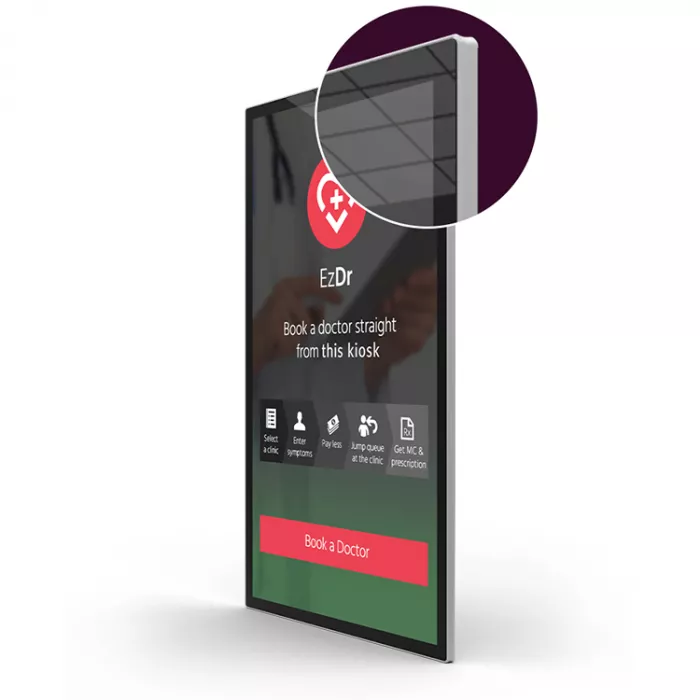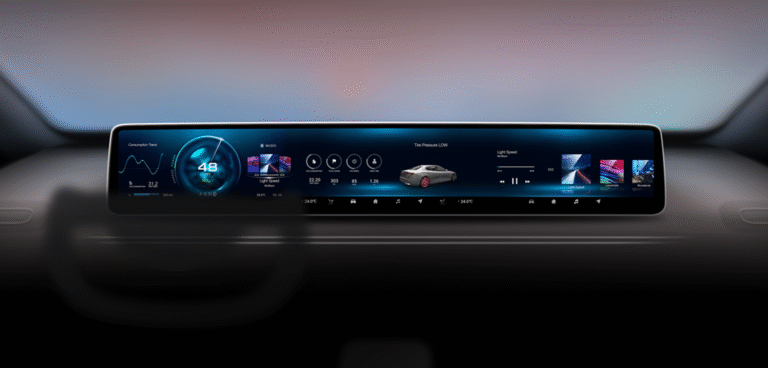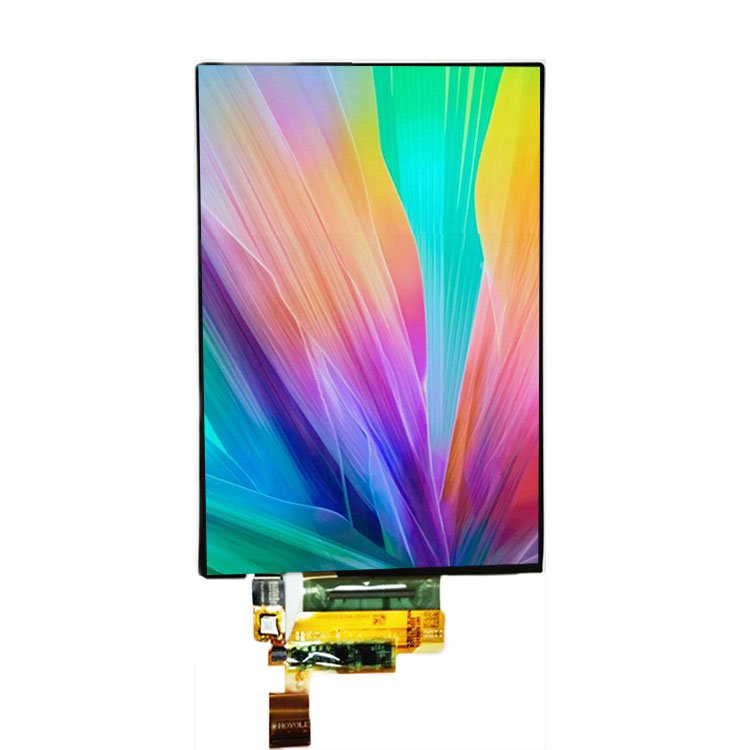What is an Advertisement Display Screen?
An advertisement display screen is a digital screen designed to present promotional or informational content in the form of text, images, videos, or interactive media. These displays can range from small indoor screens in retail stores to massive outdoor LED billboards visible from hundreds of meters away.
They are typically powered by LCD, LED, or OLED display technology, integrated with media players and network connectivity for remote content updates.
Key Technologies Behind Advertisement Display Screens
The performance of an advertisement screen depends heavily on its display technology:
- LCD (Liquid Crystal Display): Widely used indoors due to sharp image quality and affordability.
- LED (Light Emitting Diode): Preferred for outdoor screens because of brightness, scalability, and energy efficiency.
- OLED (Organic LED): Offers superior color reproduction and flexibility but at higher cost.
- MicroLED (emerging): Promises ultra-high brightness, long lifespan, and modular design.
Each technology is chosen based on location, viewing distance, resolution needs, and budget.
Core Specifications to Consider
When evaluating an advertisement display screen, professionals pay attention to:
- Size & resolution: Larger formats (e.g., 55-inch, 75-inch) for malls and airports, ultra-HD for detail-rich advertising.
- Brightness: Indoor displays range around 300–700 nits; outdoor screens require 2000 nits or more to remain visible under sunlight.
- Viewing angle: Wide angles (up to 178°) ensure consistent visibility.
- Contrast ratio: High contrast improves clarity in varying lighting conditions.
- Durability: Weatherproofing (IP65/IP67) is essential for outdoor units.
- Connectivity: HDMI, USB, Wi-Fi, or cloud-based CMS integration for content updates.
Advantages of Advertisement Display Screens
Digital advertisement displays are replacing traditional signage for several reasons:
- Dynamic Content Delivery – Enables video, motion graphics, and interactive features.
- Remote Management – Content can be updated across multiple screens via centralized control.
- Higher Engagement – Moving visuals attract more attention than static posters.
- Cost Efficiency Over Time – Eliminates recurring printing costs and distribution expenses.
- Brand Flexibility – Campaigns can be customized instantly for different audiences and times of day.
- Data Integration – Advanced systems can display real-time information like weather, promotions, or social media feeds.
Indoor vs. Outdoor Advertisement Display Screens
| Feature | Indoor Screens | Outdoor Screens |
|---|---|---|
| Brightness | 300–700 nits | 2000–5000 nits |
| Weather Resistance | Not required | Must be waterproof, dustproof |
| Common Sizes | 32–75 inch | Modular panels, large-scale |
| Usage | Malls, airports, retail stores | Billboards, stadiums, transportation hubs |
| Power Consumption | Moderate | Higher due to brightness requirements |
Applications Across Industries
Retail
Retailers use advertisement screens for dynamic product promotions, seasonal campaigns, and customer engagement at point-of-sale areas.
Transportation Hubs
Airports, train stations, and bus terminals integrate display screens for advertising, real-time updates, and traveler guidance.
Corporate Environments
Companies use digital signage for internal communication, corporate branding, and event promotions.
Hospitality and Entertainment
Hotels, restaurants, and cinemas deploy screens for menu boards, upcoming events, and personalized promotions.
Smart Cities and Public Spaces
Governments and organizations utilize outdoor LED billboards for public information, safety alerts, and commercial ads.
Choosing the Right Advertisement Display Screen
Selecting the right display depends on several factors:
- Location: Indoor vs. outdoor placement determines brightness, durability, and waterproofing.
- Content Type: Video-heavy campaigns require high refresh rates; static ads can use standard displays.
- Budget: LCD for affordability, LED for scalability, OLED for premium image quality.
- Interactivity Needs: Touch-enabled displays suit retail and exhibitions, while large billboards focus on visibility.
Challenges and Limitations
Despite their growing popularity, advertisement display screens face challenges:
- High Initial Investment: Quality screens and installation can be costly.
- Maintenance Requirements: Outdoor screens require regular cleaning and weather protection.
- Energy Consumption: Large LED billboards consume significant power.
- Content Fatigue: Poorly managed campaigns can lead to reduced viewer engagement.
Future of Advertisement Display Screens
The advertisement display industry is evolving rapidly with innovations like:
- AI-driven content optimization – Screens adjusting ads based on audience demographics.
- Interactivity and touch integration – Engaging customers through real-time interaction.
- 3D holographic displays – Creating immersive advertising without special glasses.
- Flexible and transparent displays – Enabling futuristic designs in architecture and retail.
According to market research, the global digital signage market is expected to surpass USD 30 billion by 2030, fueled by retail, transportation, and smart city projects.
Conclusion
The advertisement display screen is no longer just a medium—it’s a powerful communication tool reshaping how brands engage with their audience. With flexible formats, real-time updates, and dynamic visuals, digital display technology offers unmatched versatility compared to traditional static signage.
As costs decline and technology advances, advertisement display screens will continue to play a central role in marketing, information sharing, and urban infrastructure. Businesses that adopt this technology early will gain a significant competitive advantage in brand visibility and customer engagement.














